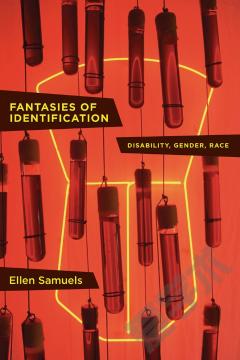Delusional Misidentification
The aim of this book is to challenge the two-stage model's unidirectional approach to explanation – from neurological disruption, to anomalous experience, to full blown delusion – which has resulted in the marginalisation of the role played by the patient's underling phenomenology in accounting for the formation and maintenance of the delusional belief. By comparing the experiences of Capgras and Frégoli patient with those suffering from other related, but non-delusional, facial recognition pathologies, and mapping these differences onto functional disruptions known to occur within the facial recognition system, a description of the delusional patient's experience emerges that is necessarily something more than simply ‘anomalous.
{{comment.content}}








 京公网安备 11010802027623号
京公网安备 11010802027623号